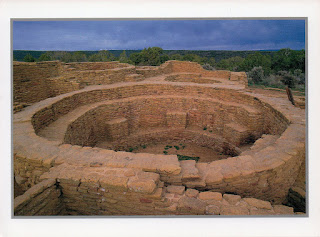There was a time when it was very common to receive new UNESCO sites through the official site of Postcrossing. Now, that I have more than 800, is not that easy... All these postcards of the Suomenlinna Fortress were sent through the official site.
| Fortress of Suomenlinna |
This postcard is an official sent by Helena
Suomenlinna, until 1918 Viapori (Finnish), or Sveaborg (Swedish), is an inhabited sea fortress built on six islands (Kustaanmiekka, Susisaari, Iso-Mustasaari, Pikku-Mustasaari, Länsi-Mustasaari and Långören) and which now forms part of the city of Helsinki, the capital of Finland.
| Fortress of Suomenlinna |
This postcard is an official sent by Seija
Sweden started building the fortress in 1748, when Finland was still a part of the Swedish kingdom. Augustin Ehrensvärd (1710–1772) and his gigantic fortification work on the islands off the town of Helsinki brought the district a new and unexpected importance. The fortification of Helsinki and its islands began in January 1748, when Ehrensvärd, as a young lieutenant colonel, came to direct the operations. Fortifications were also built on the Russian side of the new border during the 18th century and some of the Swedish ones were added to.
 |
| Fortress of Suomenlinna |
This postcard is an official sent by Nina
No longer very practical as a military base, Suomenlinna was turned over to civilian administration in 1973. An independent government department (the Governing Body of Suomenlinna) was formed to administer the unique complex. (...) The presence of the military on the islands has been drastically scaled down in recent decades.
This postcard was sent by Anneli
 |
| Fortress of Suomenlinna |
Suomenlinna is now one of the most popular tourist attractions in Helsinki as well as a popular picnicking spot for the city's inhabitants. On a sunny summer day the islands, and in particular the ferries, can get quite crowded. - in: wikipedia































